Photos: Fakarava/Toau/Rangiroa - Part 1

|
One Dog Seven Sharks
We spent a couple of days here then moved on to the northern
passé Garue and the village of Rotoava.
Lots of shells and beads to decorate the church.
We visited a Pearl Farm, Gunther was the owner, he spoke
English so it was very easy to understand what he was talking about and how a
pearl is born. This was his shop in town; the farm was about five miles
outside of the town right on the water.
Waiting to go to the pearlfarm. I have his whole explanation on video, I will try to explain
the procedure from memory…now what was I going to write next?
The black lipped oyster is used in the production of Black
Pearls. The colours inside the oyster range from black, green, purple, pink,
blue and grey. The cultured pearls are made up of thousands of layers of
nacre which contains organic substances and calcium carbonate. They graft a
manmade pearl onto the mantle of the oyster, wait eighteen months, pull the
oysters out of the water, clean the outside of the shell, open the oyster a
tiny bit, put an instrument in like a dental pick but there is a small basket
on the end and slip this under the pearl; remove the pearl and graft another
manmade pearl onto the mantle the same size as the pearl that was just
removed. The oysters return to the warm waters for another eighteen months and
hopefully when removed a larger pearl is there. The bands of iridescent
colours vary in widths which of course determine the colour of the pearls. Tuamotu Pearl |
 Our
second entry inside an atoll, Passe Tumakohua is known as the south pass and
one of the best snorkeling areas in the Tuamotus. There is a dive shop and
huts you pass on your way in then turn and arrive off a resort owned by
Manuhi. He is on vacation so the resort is closed but he opened it up for the
yachties. We had a potluck dinner our first night and the next night a big
fish fry. He went out in the morning and returned around noon, we all went
over to see him clean the fish and feed the sharks. The crazy thing is his dog
waits until the sharks come in close to the platform then jumps on the sharks,
they scatter and he jumps back onto the platform – he always stayed right
beside the platform so he could jump up if necessary, so not so crazy. You
never think about sharks being scared…
Our
second entry inside an atoll, Passe Tumakohua is known as the south pass and
one of the best snorkeling areas in the Tuamotus. There is a dive shop and
huts you pass on your way in then turn and arrive off a resort owned by
Manuhi. He is on vacation so the resort is closed but he opened it up for the
yachties. We had a potluck dinner our first night and the next night a big
fish fry. He went out in the morning and returned around noon, we all went
over to see him clean the fish and feed the sharks. The crazy thing is his dog
waits until the sharks come in close to the platform then jumps on the sharks,
they scatter and he jumps back onto the platform – he always stayed right
beside the platform so he could jump up if necessary, so not so crazy. You
never think about sharks being scared…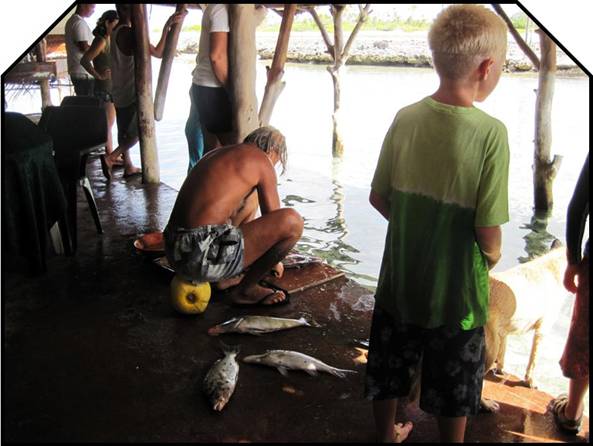
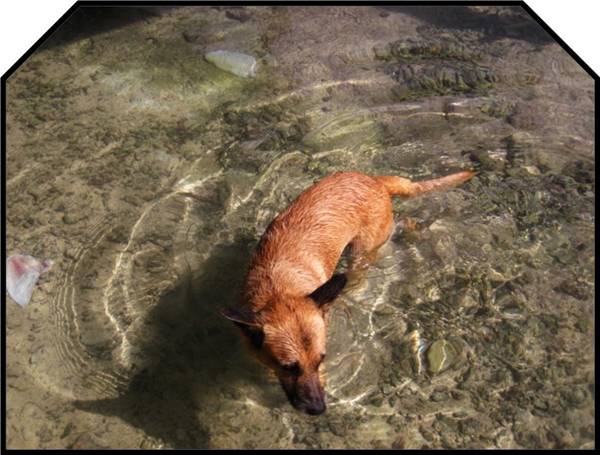
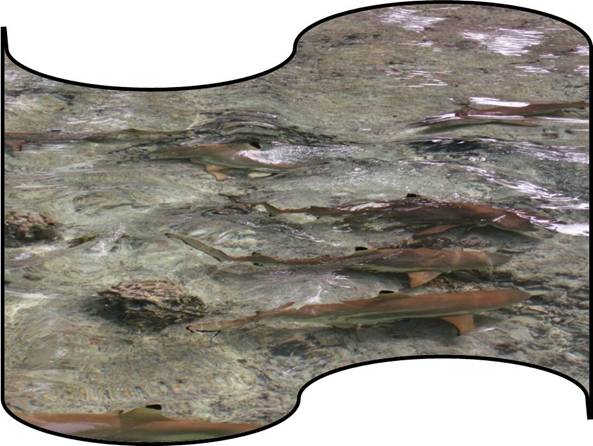
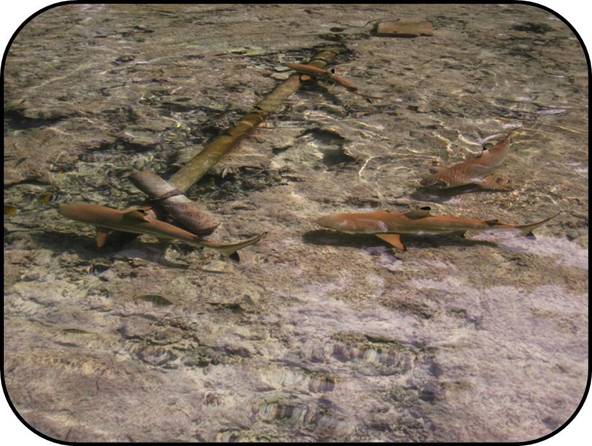

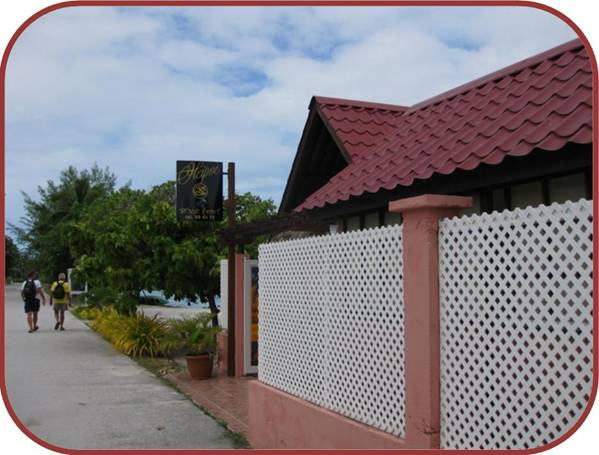
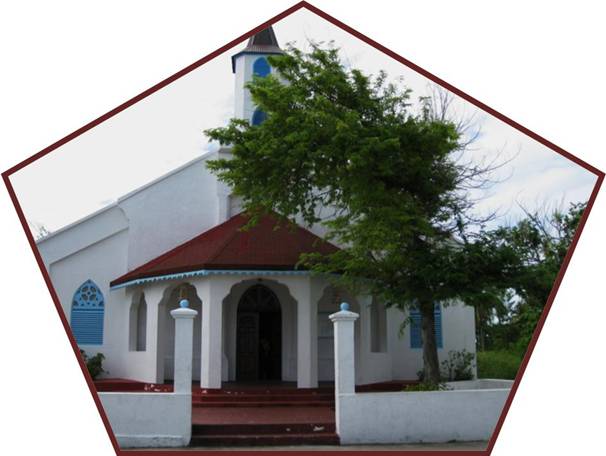
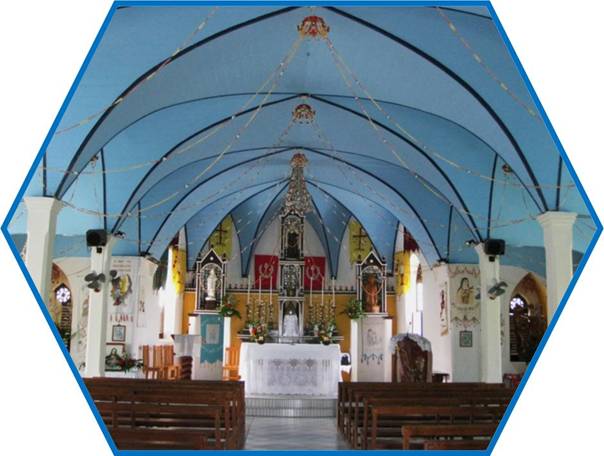
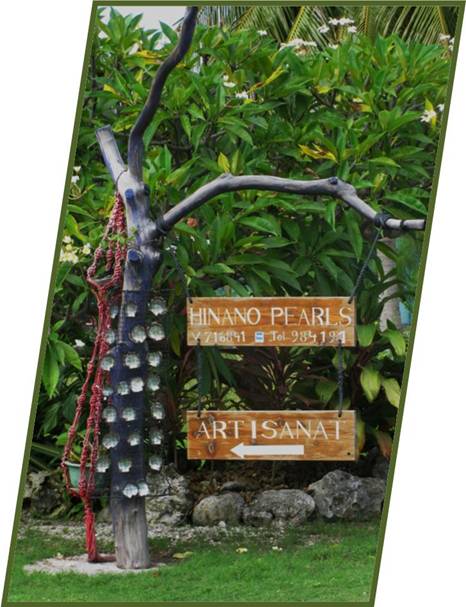
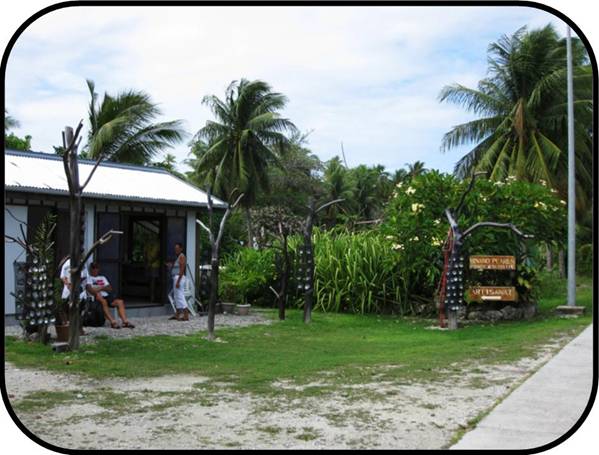
 has
it that Oro, the God of Peace and Fertility used his rainbows to visit the
earth. He offered to the oysters’ mother of pearl its iridescence which
gave the pearls their amazing spectrum of colours. The pearls accepted his
offer and thereafter the pearls from the oysters were beautiful colours from
black, blue, purple, green to grey.
has
it that Oro, the God of Peace and Fertility used his rainbows to visit the
earth. He offered to the oysters’ mother of pearl its iridescence which
gave the pearls their amazing spectrum of colours. The pearls accepted his
offer and thereafter the pearls from the oysters were beautiful colours from
black, blue, purple, green to grey. 